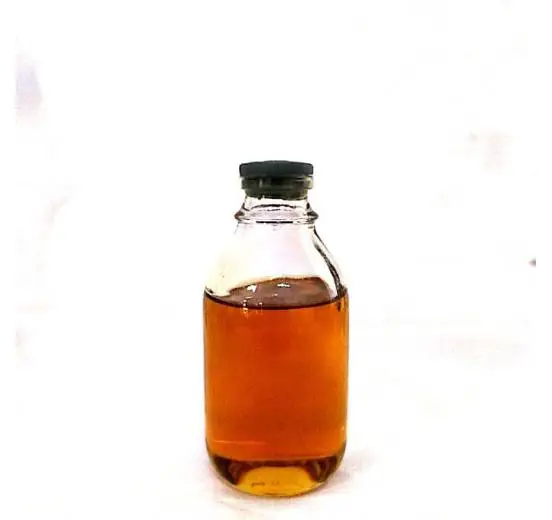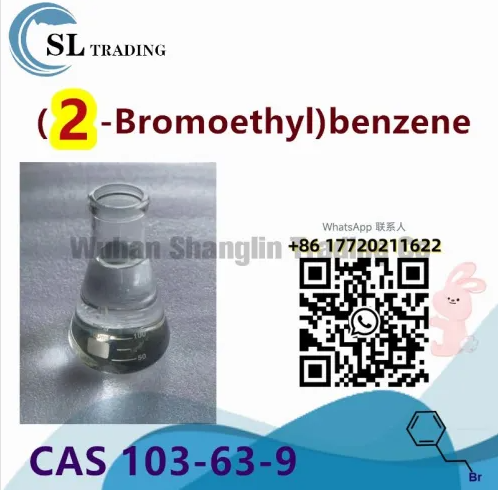Aminophylline: Unveiling the Benefits and Uses of a Powerful Medication
Introduction
Aminophylline is a widely used medication that has proven to be effective in the treatment of various respiratory conditions. Derived from theophylline, a naturally occurring compound found in tea leaves, aminophylline offers a range of therapeutic benefits. With its bronchodilator properties and ability to improve lung function, this medication has become a valuable tool in managing respiratory disorders such as asthma, chronic obstructive pulmonary disease (COPD), and certain types of lung diseases. In this article, we will explore the benefits, uses, and precautions associated with aminophylline.
Mechanism of Action
Aminophylline works by relaxing the smooth muscles in the airways, thereby opening up the bronchial tubes and facilitating easier breathing. It achieves this effect by inhibiting an enzyme called phosphodiesterase, which is responsible for breaking down cyclic adenosine monophosphate (cAMP). By inhibiting this enzyme, aminophylline increases the levels of cAMP, leading to bronchial muscle relaxation and bronchodilation.

Treatment of Asthma and COPD
Aminophylline has long been used as a bronchodilator in the treatment of asthma and COPD. For individuals with asthma, it can provide relief from bronchospasms, wheezing, and shortness of breath. It is often used in severe cases or when other medications, such as short-acting beta-agonists, prove insufficient in managing symptoms. In the case of COPD, aminophylline can help improve lung function, reduce exacerbations, and enhance exercise tolerance.
Emergency Treatment
In acute situations, aminophylline can be administered intravenously as an emergency treatment for severe asthma attacks. Its rapid onset of action makes it useful in situations where immediate bronchodilation is required. However, it is important to note that aminophylline should be used judiciously and under medical supervision, as it can have side effects and interactions with other medications.
See also:HPMC for Gypsum
Daily Chemical Detergent Grade HPMC Cellulose: Enhancing Cleaning Efficiency and Sustainability
What are the applications of lithium aluminium deuteride?
Uses and applications of Carboxymethyl Cellulose (CMC)
What is Oxytetracycline Hydrochloride Used For?
What is the process of blending NPK fertilizer?
Tantalum-Tungsten Alloy: The Best Choice for High Strength and Toughness Materials
Respiratory Disorders in Premature Infants
Aminophylline is also used in the treatment of apnea of prematurity, a condition characterized by a pause in breathing for more than 20 seconds in premature infants. By stimulating the respiratory centers in the brain and relaxing the muscles in the airways, aminophylline helps prevent apnea episodes and ensures proper oxygenation in these vulnerable infants.
Precautions and Side Effects
While Kunxiangda aminophylline offers numerous benefits, it is important to be aware of potential side effects and precautions associated with its use. Common side effects include nausea, vomiting, headache, and increased heart rate. More severe side effects such as seizures and cardiac arrhythmias can occur at higher doses or in individuals with underlying cardiac conditions. Therefore, close monitoring of blood levels is necessary to ensure therapeutic efficacy and minimize the risk of toxicity.
Aminophylline should be used with caution in patients with liver or kidney disease, peptic ulcers, hyperthyroidism, or seizure disorders. It may also interact with other medications, such as certain antibiotics and antifungal agents, leading to adverse effects. As with any medication, it is crucial to consult a healthcare professional for guidance and proper dosing instructions.
Conclusion
Aminophylline is a powerful medication that plays a vital role in the management of various respiratory conditions. Its bronchodilator properties and ability to improve lung function make it a valuable treatment option for asthma, COPD, and other lung diseases. With proper precautions and medical supervision, aminophylline can provide relief, enhance breathing, and improve the quality of life for individuals struggling with respiratory disorders. As always, it is essential to consult a healthcare professional to determine the most appropriate treatment plan and ensure safe and effective use of aminophylline.
A Waterproof Shield: The Magic of PU Waterproofing Glue
Unlocking the Potential of Isobutane: A Comprehensive Guide
What is soda ash used for?
Sulfonated Melamine Superplasticizer: Empowering Concrete with Strength and Flexibility
The Role of the Methyl Acetate Plant
Phenol Alkylation Plant: Pioneering Aromatic Chemistry and Industrial Advancement
When should you consider using nail free adhesive for your DIY or home improvement projects?









